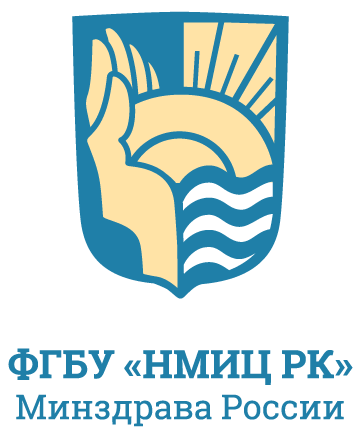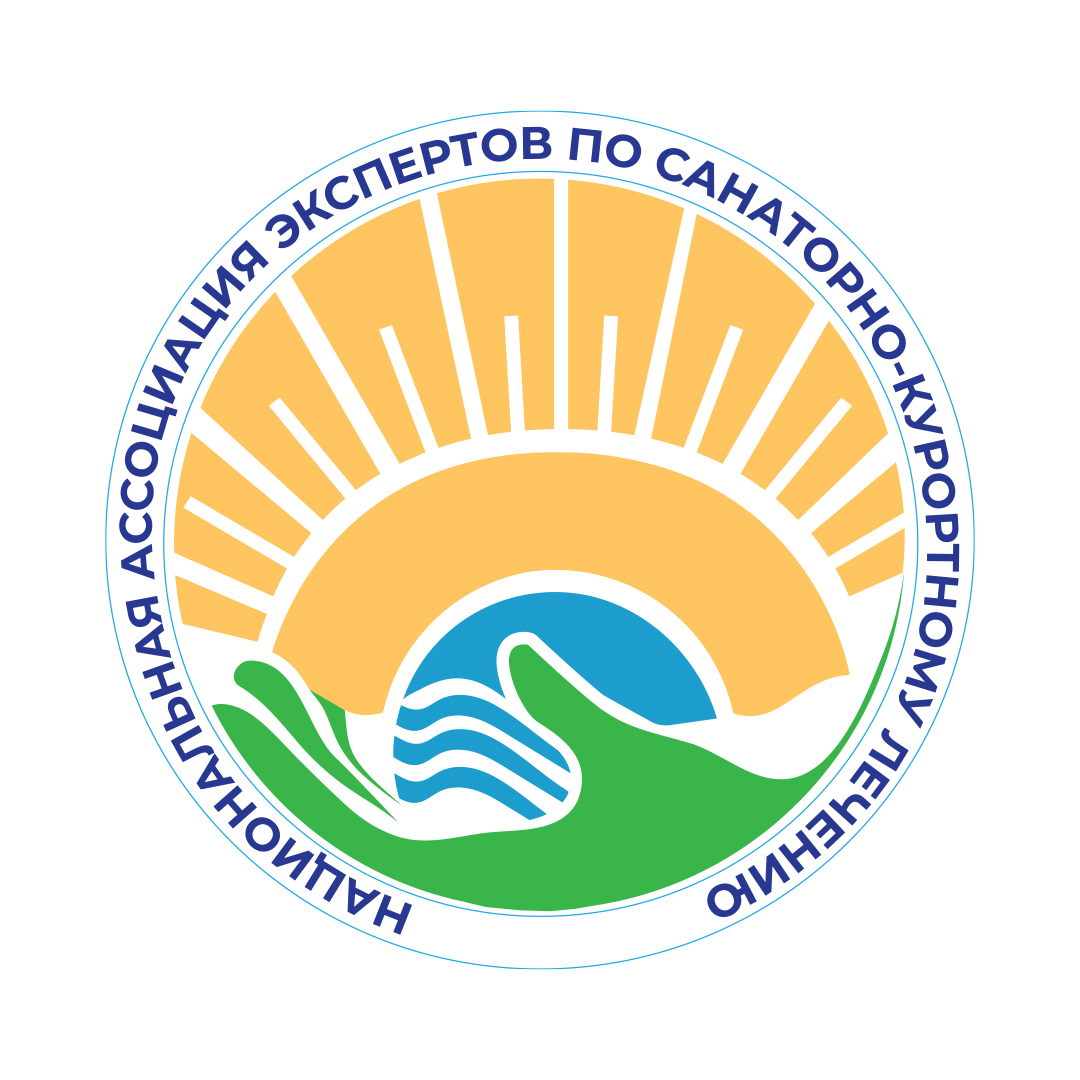Issue 24-3, 2025
Original article
Effective Scheme of Sequential Application of Electrical Stimulation Courses in Dorsopathies: Comparative Study Results
![]() Tatiana V. Konchugova1,
Tatiana V. Konchugova1,
![]() Lev G. Agasarov1,2,*,
Lev G. Agasarov1,2,*,
![]() Tatiana V. Apkhanova1,
Tatiana V. Apkhanova1,
![]() Tatyana V. Marfina1,
Tatyana V. Marfina1,
![]() Tatiana P. Miloykovich1,
Tatiana P. Miloykovich1,
![]() Anastasiya A. Mukhina1
Anastasiya A. Mukhina1
1 National Medical Research Center for Rehabilitation and Balneology, Moscow, Russia,
2 I.M. Sechenov First Moscow State Medical University (Sechenov University), Moscow, Russia
ABSTRACT
INTRODUCTION. The prevalence and severity of the consequences of dorsopathies allows us to classify these conditions as significant medical and social problems. At the same time, their characteristic resistance to standard methods of influence leads to the search for new treatment regimens.
AIM. To analyze the mechanisms and effectiveness of the system of sequential course application of electrical stimulation methods in the treatment of patients with lumbosacral dorsopathy.
MATERIALS AND METHODS. A total of 90 patients under the age of 65 with prolonged exacerbation of lumbosacral dorsopathy were selected for observation. The results of clinical and radiological analysis were supplemented by the data of psychological and instrumental analysis. In the first phase of the study, patients were divided into two groups, in which standard treatment was performed. In the 1st group, the comparison group of 30 people, the impact was limited, and in the 2nd, the main group (of 60 people), electroacupuncture was additionally used — the activation of a number of points with an electric current by means of acupuncture needles inserted into them. After a month, the patients independently underwent a cycle of non-invasive transcutaneous electrical stimulation. At the same time, in the comparison group, as in 1/2 of the main group, the true impact was performed, while in 1/2 — imitation, with the use of models.
RESULTS AND DISCUSSION. At the end of the first stage of treatment, a significant advantage in terms of effectiveness of the main one over the comparison group was revealed. These differences were manifested in the degree of regression of neurological symptoms, including the dynamics of algias, as well as in the improvement of mental and vascular levels. After six months, only in the 1/2 of the main group, where patients underwent true transcutaneous electrical stimulation, the stability of the results was recorded, which was combined with a significantly smaller number of exacerbations of the vertebrogenic process.
CONCLUSION. The advantage, in terms of effectiveness and therapeutic reliability, of the consistent use of electrical stimulation courses is primarily due to the formation of a trace reaction, characteristic of both physiotherapy and reflexology.
KEYWORDS: lumbosacral dorsopathies, psychological testing, instrumental analysis, electroacupuncture, transcutaneous electrical neurostimulation
FOR CITATION:
Konchugova T.V., Agasarov L.G., Apkhanova T.V., Marfina T.V., Miloykovich T.P., Mukhina A.A. Effective Scheme of Sequential Application of Electrical Stimulation Courses in Dorsopathies: Comparative Study Results. Bulletin of Rehabilitation Medicine. 2025; 24(3):38–44. https://doi.org/10.38025/2078-1962-2025-24-3-38-44 (In Russ.).
FOR CORRESPONDENCE:
Lev G. Agasarov, Е-mail: Е-mail: agasarovlg@nmicrk.ru
References:
1. Агасаров Л.Г. Рефлексотерапия при распространенных заболеваниях нервной системы. Москва: Издательство «Арнебия». 2017; 240 с. [Agasarov L.G. Reflexotherapy for common diseases of the nervous system. Moscow: Arnebia Publishing House. 2017; 240 p. (In Russ.).]
2. Древаль О.Н., Кузнецов А.В., Чехонацкий В.А и др. Патогенетические аспекты и факторы риска развития рецидива грыжи диска поясничного отдела позвоночника: обзор литературы. Хирургия позвоночника. 2021; 18(1): 47–52. [Dreval O.N., Kuznetsov A.V., Chekhonatsky V.A., et al. Pathogenetic aspects and risk factors for recurrent lumbar disc herniation: literature review. Russian Journal of Spine Surgery (Khirurgiya Pozvonochnika). 2021; 18(1): 47–52. https://doi.org/10.14531/ss2021.1.47-52 https://doi.org/10.14531/ss2021.1.47-52 (In Russ.).]
3. Исайкин А.И., Акарачкова Е.С., Исайкина О.Ю. и др. Боль в спине: клинические рекомендации. Санкт-Петербург: ООО «Скифия-принт». 2021. 80 с. [Isaikin A.I., Akarachkova E.S., Isaikina O.Yu., et al. Back pain. Clinical guidelines. Saint Petersburg: Scythia-Print LLC. 2021. 80 p. (In Russ.).]
4. Каратеев А.Е. Хроническая скелетно-мышечная боль: патогенез, особенности клиники, возможности терапии. Клиническая медицина. 2022; 11–12: 527–534. [Karateev A.E. Chronic musculoskeletal pain: pathogenesis, clinical features, therapy possibilities. Clinical Medicine (Russian Journal). 2022; 11–12: 527–534. https://doi.org/10.30629/0023-2149-2022-100-11-12-527-534 https://doi.org/10.30629/0023-2149-2022-100-11-12-527-534 (In Russ.).]
5. Нувахова М.Б. Инновационные технологии в санаторно-курортном лечении пациентов при дорсопатии. Вестник восстановительной медицины. 2020; 6(100): 66–74. [Nuvakhova M.B. Innovative Technologies in the Health-Resort Treatment of Patients with Dorsopathy. Bulletin of Rehabilitation Medicine. 2020; 6 (100): 66–74. https://doi.org/10.38025/2078-1962-2020-100-6-66-74 https://doi.org/10.38025/2078-1962-2020-100-6-66-74 (In Russ.).]
6. Шейко Г.Е., Белова А.Н., Карякин Н.Н. и др. Организация дистанционной реабилитации в Российской Федерации: обзор литературы. Вестник восстановительной медицины. 2023; 22(4): 114–128. [Sheiko G.E., Belova A.N., Karyakin N.N., et al. Organization of Remote Rehabilitation in the Russian Federation: a Literature Review. Bulletin of Rehabilitation Medicine. 2023; 22(4): 114–128. https://doi.org/10.38025/2078-1962-2023-22-4-114-128 https://doi.org/10.38025/2078-1962-2023-22-4-114-128 (In Russ.).]
7. Агасаров Л.Г., Кончугова Т.А., Дробышев В.А. и др. Точечная электростимуляция в практике медицинской реабилитации. Москва: Издательство «Гэотар». 2025; 56 с. [Agasarov L.G., Konchugova T.A., Drobyshev V.A., et al. Acupoint electrical stimulation in the practice of medical rehabilitation. Moscow: Geotar Publishing House. 2025; 56 p. (In Russ.).]
8. Агасаров Л.Г., Кончугова Т.А., Апханова Т.В. и др. Общие вопросы точечной электростимуляции (введение в проблему). Вестник новых медицинских технологий. 2024; 2: 82–86. [Agasarov L.G., Konchugova T.V., Apkhanova T.V., https://doi.org/10.24412/1609-2163-2024-2-82-86 et al. General issues of spot electrical stimulation (problem introduction). Journal of New Medical Technologies. 2024; 2: 82–86 (In Russ.).]
9. Агасаров Л.Г., Саакян Э.С., Кончугова Т.В. и др. Точечная лекарственная стимуляция: рандомизированное исследование 90 пациентов с дорсопатией пояснично-крестового отдела. Вестник восстановительной медицины. 2023; 22(1): 80–86. [Agasarov L.G., Sahakyan E.S., Konchugova T.V., et al. Spot Drug Stimulation: а Randomized Study of 90 Patients with Lumbosacral Dorsopathies. Bulletin of Rehabilitation Medicine. 2023; 22(1): 80–86. https://doi.org/10.38025/2078-1962-2023-22-1-80-86 https://doi.org/10.38025/2078-1962-2023-22-1-80-86 (In Russ.).]
10. Дробышев В.А., Шпагина Л.А., Рявкин С.Ю. и др. Клинико-функциональные аспекты применения динамической электронейростимуляции. Екатеринбург. 2020; 212 с. [Drobyshev V.A., Shpagina L.A., Ryavkin S.Yu., et al. Clinical and functional aspects of the therapeutic application of dynamic electroneurostimulation. Ekaterinburg. 2020; 212 p. (In Russ.).]
11. Косарева Л.Б., Федоренко С.И., Перов Ю.Ф. Чрескожная электро-нейростимуляция в терапии болевых синдромов: методическое пособие. Москва. 2020. 52 с. [Kosareva L.B., Fedorenko S.I., Perov Y.F. Percutaneous electro-neurostimulation in the therapy of pain syndromes: a methodical manual. Moscow. 2020. 52 p. (In Russ.).]
12. Хан М.А., Погонченкова И.В., Тальковский Е.М. и др. Методы электростимуляции при сколиозе у детей: обзор литературы. Вестник восстановительной медицины. 2024; 23(5): 116–124. [Khan M.A., Pogonchenkova I.V., Talkovsky E.M., et al. Electrical Stimulation Methods for Scoliosis in Children: a Literature Review. Bulletin of Rehabilitation Medicine. 2024; 23(5): 116–124. https://doi.org/10.38025/2078-1962-2024-23-5-116-124 https://doi.org/10.38025/2078-1962-2024-23-5-116-124 (In Russ.).]
13. Кончугова Т.А., Апханова Т.В., Кульчицкая Д.Б., Агасаров Л.Г. Применение чрескожной электростимуляции в лечебных комплексах при дорсопатиях. Вестник новых медицинских технологий (электронное издание). 2024; 18(3): 116–120. [Konchugova T.V., Kulchitskaya D.B., Apkhanova T.V., Agasarov L.G. application of percutaneous electrical nerve stimulation in therapeutic complexes for dorsopathies. Journal of new medical technologies, Edition. 2024; 18(3): 116–120. https://doi.org/10.24412/2075-4094-2024-3-3-7 https://doi.org/10.24412/2075-4094-2024-3-3-7 (In Russ.).]
14. Разумов А.Н., Василенко А.М., Бобровницкий И.П. и др. Динамическая электронейростимуляция. Екатеринбург. 2008; 139 с. [Razumov A.N., Vasilenko A.M., Bobrovnitsky I.P., et al. Dynamic electrical neurostimulation. Ekaterinburg. 2008; 139 p. (In Russ.).]
15. Агасаров Л.Г., Кончугова Т.А., Кульчицкая Д.Б. и др. Система курсового применения чрескожной электронейростимуляции в лечебно- реабилитационных комплексах при дорсопатиях. Врач. 2024; 8: 84–87. [Agasarov L.G., Konchugova T.V., Kulchitskaya D.B., et al. System of course application of transcutaneous electrical neurostimulation in therapeutic and rehabilitation complexes for dorsopathies. Vrach (The Doctor). 2024; 8: 84–87. https://doi.org/10.29296/25877305-2024-08-17 https://doi.org/10.29296/25877305-2024-08-17 (In Russ.).]
16. Улащик B.C. Общие принципы лечебно-профилактического использования физических факторов. Вопросы курортологии, физиотерапии и лечебной физической культуры. 2003; 5: 3–11. [Ulashchik B.C. General principles of therapeutic and prophylactic use of physical factors. Problems of Balneology, Physiotherapy and Exercise Therapy. 2003; 5: 3–11 (In Russ.).]

The content is available under the Creative Commons Attribution 4.0 License.
©
This is an open article under the CC BY 4.0 license. Published by the National Medical Research Center for Rehabilitation and Balneology.




